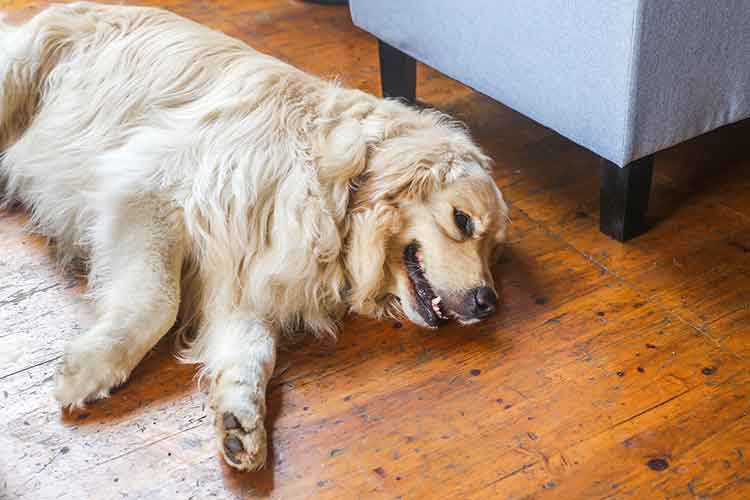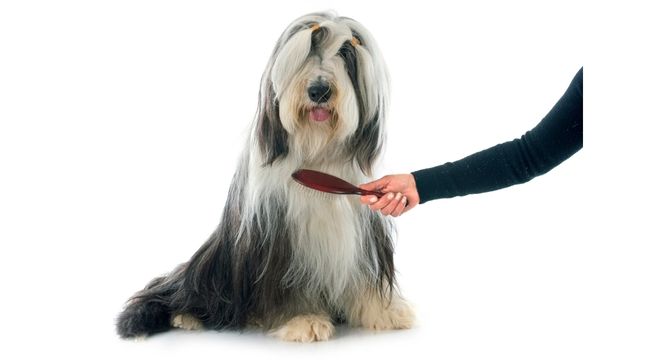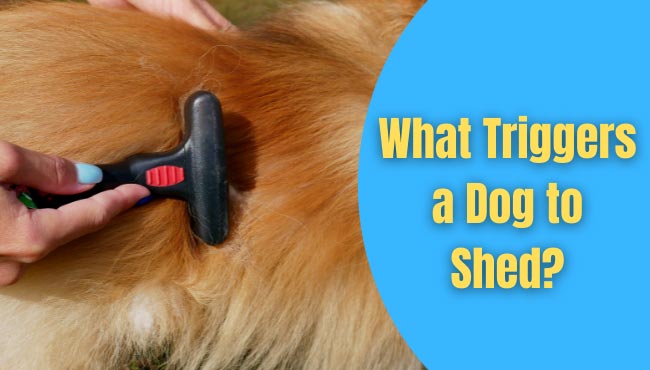
Dogs bring immense joy and companionship to our lives, but dealing with their shedding can be a challenge. While it’s impossible to stop shedding entirely, there are several strategies you can employ to manage and reduce it significantly. Here’s a comprehensive guide to help you keep your home cleaner and your dog healthier.
Understanding Why Dogs Shed
Shedding is a natural process for dogs. It helps them get rid of old or damaged hair and is influenced by various factors including breed, health, and the season. Some breeds, like Labrador Retrievers and German Shepherds, are known for their heavy shedding, while others, like Poodles and Shih Tzus, shed minimally.
Nutrition: The Foundation of Healthy Skin and Coat
A dog’s diet plays a crucial role in the health of its coat. Here are some dietary tips to help reduce shedding:
- High-Quality Protein: Ensure your dog’s food is rich in high-quality proteins which are essential for hair growth and overall health.
- Omega Fatty Acids: Omega-3 and Omega-6 fatty acids found in fish oil supplements or high-quality dog food can improve coat health and reduce shedding.
- Vitamins and Minerals: Ensure your dog’s diet includes essential vitamins and minerals, particularly Vitamin E, B-vitamins, and Zinc, which support skin health.
Regular Grooming: Your Best Defense Against Shedding
Regular grooming is key to managing shedding. Here are some effective grooming practices:
- Brushing: Brush your dog’s coat regularly to remove loose hair. The frequency and type of brush depend on your dog’s coat type. Short-haired dogs may only need weekly brushing, while long-haired or double-coated breeds might require daily grooming.
- Slicker Brushes: Ideal for removing loose fur and untangling mats in dogs with medium to long hair.
- Deshedding Tools: Tools like the Furminator are designed to reach the undercoat and remove loose hair before it sheds.
- Bathing: Regular baths can help control shedding. Use a gentle dog shampoo and conditioner to keep the skin and coat healthy. Avoid over-bathing, as it can dry out the skin and lead to more shedding.
- Professional Grooming: Consider professional grooming services, especially for breeds with complex coats. Groomers can provide specialized treatments like de-shedding baths and blowouts.
Managing Shedding with Home Care
Beyond grooming, there are several home care tips to help manage shedding:
- Vacuum Regularly: Keep your home clean by vacuuming frequently, especially in areas where your dog spends the most time.
- Use Furniture Covers: Protect your furniture with washable covers to make cleaning easier.
- Air Purifiers: Invest in a good air purifier to help reduce pet dander and hair in the air.
Addressing Health Issues
Sometimes, excessive shedding can be a sign of underlying health issues. Keep an eye out for:
- Skin Problems: Conditions like allergies, infections, or parasites can lead to increased shedding. Consult your veterinarian if you notice red, inflamed skin or bald patches.
- Hormonal Imbalances: Issues such as hypothyroidism or Cushing’s disease can cause abnormal shedding. Your vet can run tests to diagnose and treat these conditions.
- Stress: Stress and anxiety can contribute to hair loss. Ensure your dog has a calm environment and plenty of mental and physical stimulation.
Seasonal Shedding
Many dogs shed more during certain times of the year. Spring and fall are common shedding seasons as dogs adjust to changing temperatures. During these periods, increase the frequency of grooming to manage the extra hair.
Conclusion
While you can’t stop a dog from shedding completely, following these tips can significantly reduce the amount of hair around your home. Providing a balanced diet, regular grooming, and proper healthcare will not only help manage shedding but also keep your dog happy and healthy. Embrace the shedding as part of having a furry friend and enjoy the countless other benefits they bring to your life.



